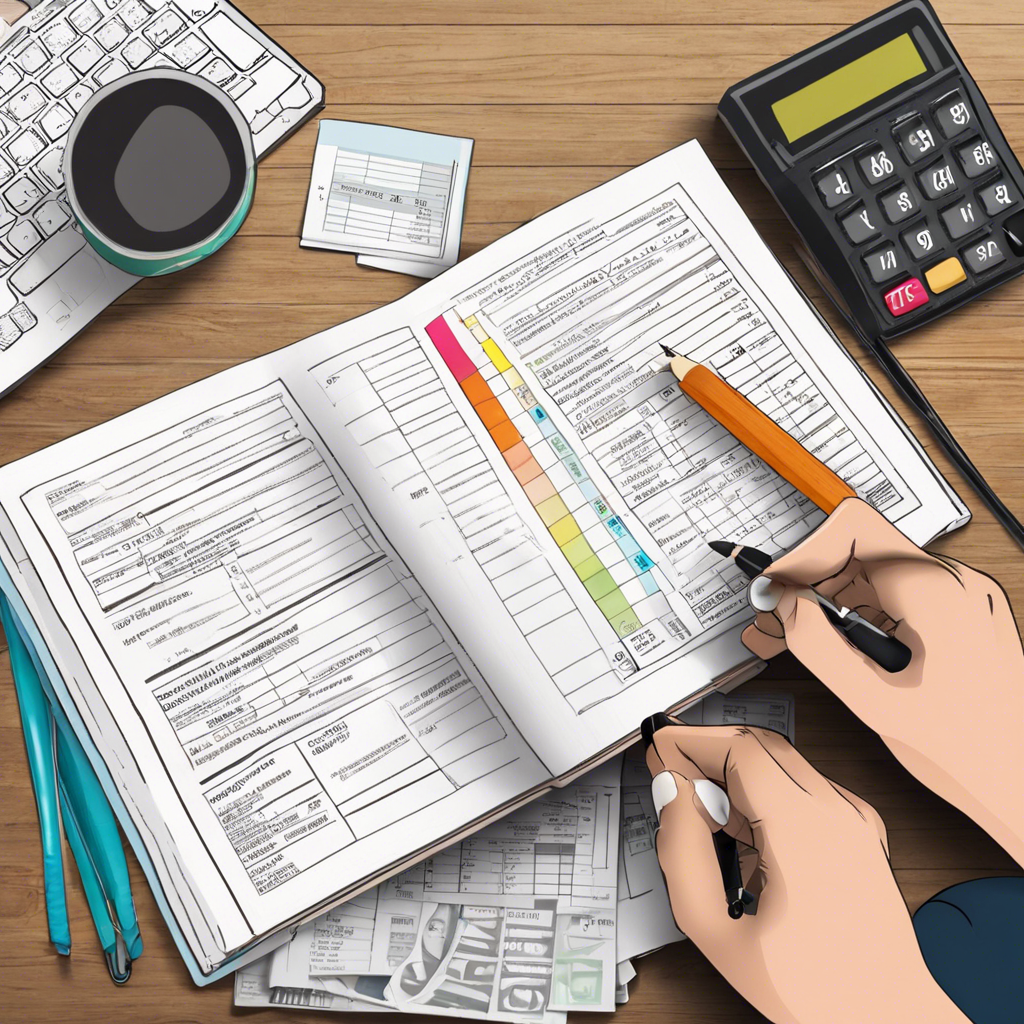Creating a budget is a powerful tool for achieving financial success and security. Yet, for many, the mere thought of budgeting can be daunting and overwhelming. The good news is that budgeting doesn’t have to be a tedious or restrictive process. By following a few simple guidelines, you can create a budget that works for your unique circumstances and helps you achieve your financial goals.
So, where do you start? Begin by assessing your financial situation and setting clear goals. Do you want to save for a dream vacation, pay off debt, or simply gain control over your spending? Understanding your motivation for budgeting is a crucial first step. From there, you can start gathering the necessary information, such as your income, fixed expenses (bills and debt payments), and variable expenses (groceries, entertainment, etc.).
Once you have a clear picture of your finances, you can allocate your income accordingly. A helpful rule of thumb is to follow the 50/30/20 budget rule. This means allocating 50% of your income to needs (e.g., rent, utilities), 30% to wants (e.g., dining out, hobbies), and 20% to savings and debt repayment. Of course, this is a flexible guideline, and you can adjust it based on your personal situation. For instance, if you have high-interest debt, you may want to allocate more than 20% to pay it off faster.
It’s also important to build an emergency fund to prepare for unexpected expenses, such as car repairs or medical bills. Aim to save enough to cover at least three months’ worth of living expenses. This will provide a financial cushion and reduce the likelihood of derailing your budget when surprises arise.
Regularly reviewing and adjusting your budget is key to success. Life changes, and so will your financial situation and goals. By reviewing your budget monthly or quarterly, you can identify areas where you may be overspending and make any necessary adjustments to keep yourself on track.
Additionally, consider utilizing budgeting tools and apps to streamline the process. These tools can help you track your spending, create financial goals, and receive notifications when you’re close to reaching a budget limit. Many of these apps sync with your bank accounts, making it easy to stay on top of your finances.
Remember, creating a budget is a personal process, and there is no one-size-fits-all approach. Be patient with yourself and adjust the budget as needed to fit your lifestyle and goals. With time and consistency, budgeting will become second nature, and you’ll be well on your way to achieving financial freedom.
By implementing these steps and tailoring them to your unique circumstances, you can create a budget that is not only effective but also manageable and sustainable in the long term.
